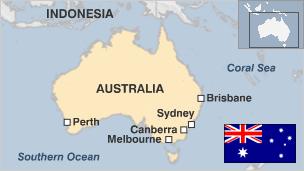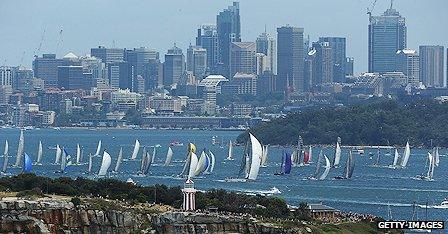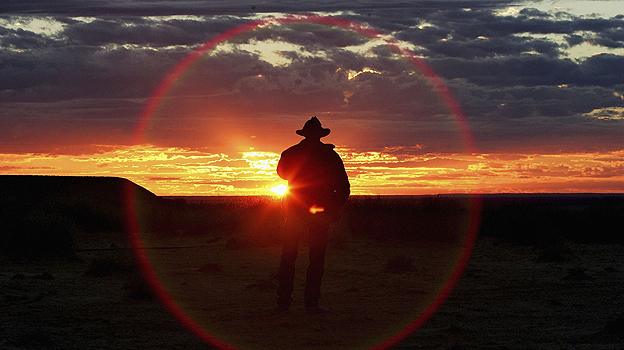Australia profile - Overview
- Published

Australia ranks as one of the best places to live in the world by all indices of income, human development, healthcare and civil rights. The sixth-largest country in the world by land mass, its comparatively small population is concentrated in the highly-urbanised east of the Australian continent.
The political entity that is modern Australia began to come into being with the arrival of British settlers in 1788. Many of the first settlers were convicts, but freemen started to arrive in increasing numbers after the discovery of gold in the mid-19th century.
Aboriginal Australians, who had inhabited the continent for tens of thousands of years prior to British colonisation, numbered a few hundred thousand. Two centuries of discrimination and expropriation cut their population drastically, and now they make up less than 3% of Australia's approximately 23 million people.

Much of Australia's population is concentrated along the coast in urban areas such as Sydney, its largest city
Australia's politicians at first looked to Europe and the US in foreign policy, but in the past 20 years or so they have made East Asia the priority, in particular Indonesia and China.
The government formally apologised in 2008 for the past wrongs committed against the indigenous Australians, who still suffer from high rates of unemployment, imprisonment and drug abuse.
The gradual dismantling of the "White Australia" immigration policy in the decades after World War II heralded an increase in the number of non-European arrivals, and migration remains a politically-sensitive issue.
Originally composed of six separate colonies of the British Empire, Australia's path to independent statehood began with the formation of a federal state in 1901 and was largely complete by World War II.
The last few remaining constitutional links with the United Kingdom were severed in 1986, although Australia remains part of the Commonwealth, and The Queen is the head of state, represented by a governor-general.
The future of the monarchy is a recurring issue in politics. In a 1999 referendum nearly 55% of Australians voted against becoming a republic.
The six states of the federation retain extensive powers, particularly over education, police, the judiciary and transport.
Asian orientation
Australia's growing orientation towards its Asian neighbours is reflected in its economic policy. It is a key member of the Asia Pacific Economic Cooperation (Apec) forum, and aims to forge free trade deals with China and the Association of Southeast Asian Nations.
It has also played a bigger regional role, mediating between warring groups in Papua New Guinea and the Solomon Islands, as well as deploying thousands of peacekeepers in newly-independent East Timor.
The island continent combines a wide variety of landscapes. These include deserts in the interior, hills and mountains, tropical rainforests, and densely-populated coastal strips with long beaches and coral reefs off the shoreline.
Through its isolation from other continents, Australia has developed an abundance of unique plant and animal life, most famously marsupials such as the kangaroo.

Huge areas of Australia's hinterland are arid and sparsely populated